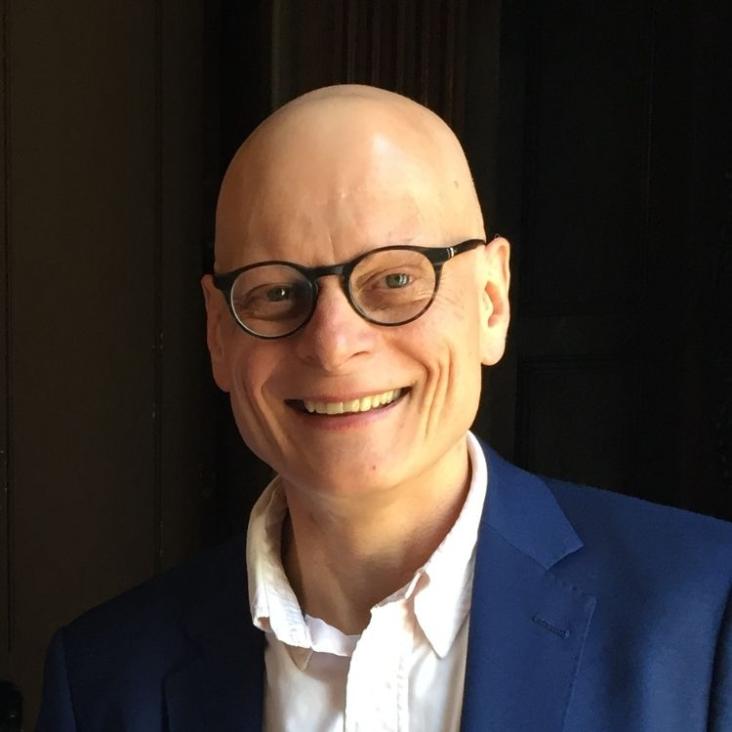On-chip beam rotators, adiabatic mode converters, and waveplates through low-loss waveguides with variable cross-sections
Light: Science and Applications Springer Nature 11:1 (2022) 214
Abstract:
Photonics integrated circuitry would benefit considerably from the ability to arbitrarily control waveguide cross-sections with high precision and low loss, in order to provide more degrees of freedom in manipulating propagating light. Here, we report a new method for femtosecond laser writing of optical-fiber-compatible glass waveguides, namely spherical phase-induced multicore waveguide (SPIM-WG), which addresses this challenging task with three-dimensional on-chip light control. Fabricating in the heating regime with high scanning speed, precise deformation of cross-sections is still achievable along the waveguide, with shapes and sizes finely controllable of high resolution in both horizontal and vertical transversal directions. We observed that these waveguides have high refractive index contrast of 0.017, low propagation loss of 0.14 dB/cm, and very low coupling loss of 0.19 dB coupled from a single-mode fiber. SPIM-WG devices were easily fabricated that were able to perform on-chip beam rotation through varying angles, or manipulate the polarization state of propagating light for target wavelengths. We also demonstrated SPIM-WG mode converters that provide arbitrary adiabatic mode conversion with high efficiency between symmetric and asymmetric nonuniform modes; examples include circular, elliptical modes, and asymmetric modes from ppKTP (periodically poled potassium titanyl phosphate) waveguides which are generally applied in frequency conversion and quantum light sources. Created inside optical glass, these waveguides and devices have the capability to operate across ultra-broad bands from visible to infrared wavelengths. The compatibility with optical fiber also paves the way toward packaged photonic integrated circuitry, which usually needs input and output fiber connections.Experimentally Finding Dense Subgraphs Using a Time-Bin Encoded Gaussian Boson Sampling Device
Physical Review X American Physical Society (APS) 12:3 (2022) 031045
The boundary for quantum advantage in Gaussian boson sampling
Science Advances American Association for the Advancement of Science (AAAS) 8:4 (2022) eabl9236
Reducing g(2)(0) of a parametric down-conversion source via photon-number resolution with superconducting nanowire detectors.
Optics Express Optica Publishing Group 30:2 (2022) 3138-3147
Measuring the Joint Spectral Mode of Photon Pairs Using Intensity Interferometry
Physical Review Letters American Physical Society (APS) 128:2 (2022) 023601


